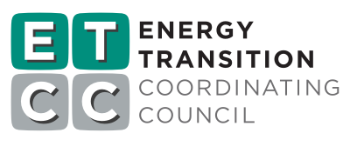Project Info
COMPLETE
Project Title
Performance Evaluation of Advanced HEMS
Project Number ET22SWE0055 Organization SWE (Statewide Electric ETP) End-use Whole Building Sector Residential Project Year(s) 2022 - 2025Project Results
The Performance Evaluation of Advanced Home Energy Management Systems project conducted a comprehensive laboratory assessment of emerging residential energy platforms to evaluate their efficiency, operational behavior, and potential contributions to grid flexibility. Four systems representing diverse architectures, from commercially deployed solar-plus-storage platforms to prototype DC-bus and vehicle-to-home configurations, were examined across key energy transmission pathways. Results demonstrated consistently high hardware efficiencies, with AHEMS 2 achieving 90–94% and AHEMS 4 reaching up to 99% efficiency in grid-related pathways. However, system value was determined not by hardware performance alone, but by control strategy. AHEMS 2 exhibited coherent, tariff-aligned dispatch behavior under Time-of-Use (TOU) operation, generating an estimated annual net benefit of $1,492 for IOU customers and avoiding approximately 4,464 kgCO₂e of emissions annually through strategic peak-period exports. In contrast, AHEMS 4, despite superior hardware efficiency, displayed erratic dispatch behavior, including off-peak discharging and missed charging opportunities, limiting real-world economic performance. Prototype systems with V2H capabilities (AHEMS 1 and AHEMS 3) were not fully testable due to hardware and software immaturity, underscoring development challenges in next-generation architectures. Overall, findings reveal a maturing market where differentiation now lies in software logic, interoperability, and grid-responsive functionality rather than raw efficiency. The study demonstrates that when AHEMS platforms pair high hardware efficiency with well-optimized control strategies, they can deliver tangible economic and environmental benefits, signaling a clear pathway for future advancements in residential energy management.
Project Report Document
Loading PDF Preview...
